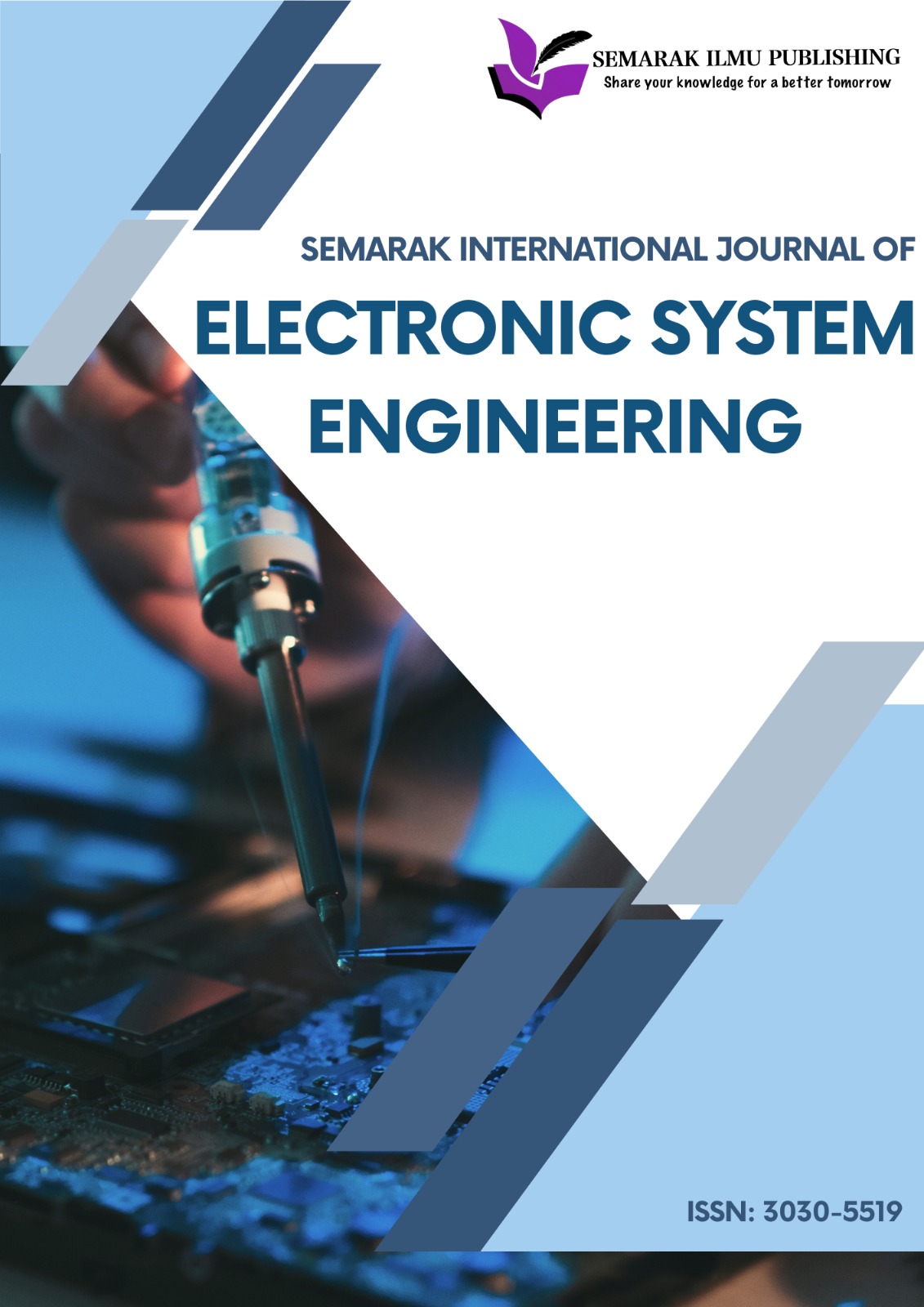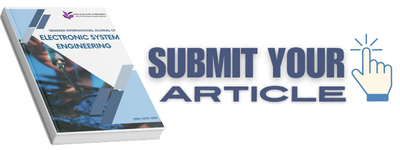The Development of Augmented Reality Application in Electronic Design Topic Under Design and Technology: Application Design Validation
DOI:
https://doi.org/10.37934/sijese.4.1.1021Keywords:
Augmented reality, electronic topic, educational technologyAbstract
The evolution of education has brought significant transformation of Teaching and Learning (T&L) sessions with technologies and digital products, offering students engagement with new learning experiences. This change leads to the change of curriculum of education in Malaysia especially in technical and vocational subject. Design and Technology (D&T) is one of the newest subjects which is replaced from Integrated Life Skills. There are multiple studies shows electronic topic is one of the hardest topics in D&T which leads to difficulty of students to reach their highest mastery level in Curriculum Standard and Assessment Documentation (DSKP). The teachers and students do not have enough time to build electronic project due to their lack of technical skills and poor visualisation effect of students. This purpose of this study is to design and develop Augmented Reality (AR) application in electronic topic and validate the application design validity among experts. This study uses qualitative research design with the help of model ADDIE approach which focuses more on design, development, and implementation phase. The design and development of application uses main theories which are Multisensory Learning and Mayer’s Cognitive Theory of Multimedia Learning with the help of navigation map, wireframe, and storyboards. After design and development phase, the application design will be validated by three experts who are in Information Technology, and Computer Science field by using questionnaire. There are 12 items in questionnaire to validate the application design validity. The data of the study is analysed by using Content Validity Index (CVI). The result of CVI value for all items are 1.00 and the value of S-CVI is 1.00. This shows the application design validity can be used in pilot study and actual study to see the usability or effectiveness of the application. In conclusion, application design had been validated by experts which could enhance the quality of application design and find the gaps of the research in future studies which are findings its usability and effectiveness of the application.
Downloads









